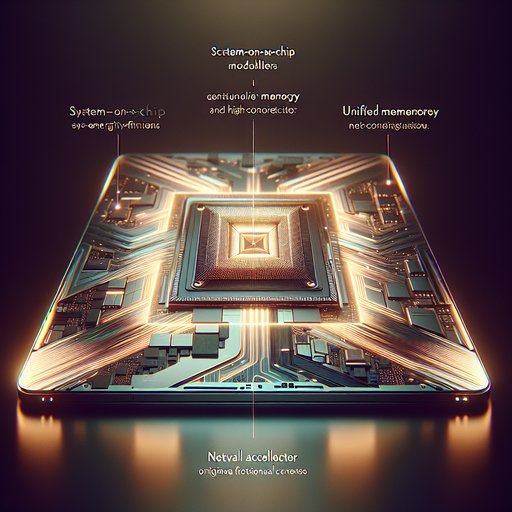
In a bold move to revolutionize the chip design landscape, Huawei's HiSilicon has launched an aggressive campaign to establish itself as a pivotal player in the semiconductor industry. Dubbed 'Little HiSilicon,' this expansion leverages cutting-edge RISC-V microcontrollers and AI edge system on chips (SoCs) to address a wide array of technological needs [2]. This escalation highlights China's dedication to boosting its semiconductor capabilities, even as it grapples with existing market limitations.
Huawei’s HiSilicon expansion is not simply about producing more chips—it signifies a strategic pivot towards leading in innovative chip technologies. By focusing on RISC-V architecture, HiSilicon aligns with a growing trend towards open-source hardware that offers flexibility beyond traditional architectures. This strategic alignment could reduce dependencies and open up new market opportunities domestically and internationally [1]. Meanwhile, China's ambition in the semiconductor field faces hurdles, particularly in chip lithography technology.
China's domestic producer SMEE holds only a 4% share in older-generation lithography solutions, a stark contrast to industry giants like ASML and Nikon [2]. This limitation is often described as a 'chokepoint' that hinders China's broader technological aims, emphasizing the need for further innovation and development in the local semiconductor supply chain. Globally, Taiwan's MiPhi, a partnership between Phison Electronics and Micromax, targets enhancing India's semiconductor ecosystem, highlighting international efforts to boost chip manufacturing competitiveness [3]. This venture aims to capitalize on India's growing tech market, offering strategic advantages in expanding regional supply capabilities.
This international collaboration could serve as a model for mitigating supply chain bottlenecks encountered by individual countries. Despite China’s challenges, global dynamics in chip supply remain complex yet promising. Industry leaders such as ASML continue to dominate lithography technology [4], essential for advancing semiconductor manufacturing. As the industry evolves, companies are seeking strategic partnerships and new market opportunities, striving to balance technological advancement with economic resilience.
Through ventures like HiSilicon's innovative push, we witness the semiconductor industry's evolving landscape, where collaboration and competition drive the technology that powers our future [1].
Sources
- Huawei's 'Little HiSilicon' launches all-out chip blitz: from RISC-V MCUs to AI edge SoCs (Digitimes, 2025-07-14)
- CSET researchers: China's SMEE has only a 4% market share in older-generation chip lithography, far below ASML and Nikon, a "chokepoint" for China's chip plans (Debby Wu/Bloomberg) (Techmeme.com, 2025-07-14)
- Taiwan-partnered MiPhi eyes strategic edge in India's semiconductor ecosystem (Digitimes, 2025-07-14)
- Morningstar Expects ASML Holding (ASML) to Remain Top Lithography Equipment Provider (Yahoo Entertainment, 2025-07-13)
























